Artificial Intelligence is reshaping architectural education by enhancing design, automation, and creativity. Discover how AI-driven tools improve learning and innovation.
Designing, planning, and building spaces with AI is changing architecture. AI-driven tools are changing architecture education as they improve. AI in learning settings lets students experiment with design, boosting creativity and efficiency. Architectural education traditionally uses manual drawing, tangible models, and in-person critiquing.
However, Artificial Intelligence provides powerful computational tools that augment these processes, helping students understand design principles, structural integrity, and sustainability. AI helps future architects improve their talents in a more dynamic and data-driven way, preparing them for a tech-dependent career.

Artificial Intelligence in Architectural Education
As AI-driven technologies become key learning aids, the way architecture is taught is fast shifting. Students now have access to sophisticated technologies that give them real-time feedback and in-depth examination of their designs instead of just conventional theoretical understanding. Interactive and personalized education allows students to improve their architectural thinking and receive hands-on experience with AI-powered solutions.
Personalized Learning and Intelligent Tutoring Systems
AI-based learning systems are revolutionizing architecture education by tailoring instruction to each student’s development and ability level. Unlike traditional classrooms, AI-driven tutoring systems can recognize student weaknesses and provide tailored guidance.
Intelligent systems immediately provide feedback and recommend changes to a learner’s design, structural, and material choices. AI-driven platforms offer students mentorship that was previously only feasible with one-on-one training, making high-quality architecture education more accessible.
AI-powered tutoring solutions also improve collaborative learning by letting students compare their work and get AI-generated insights. These technologies can help future architects improve their design processes, problem-solving, and architectural knowledge.
AI-Based Design Assistance
AI-powered design tools let students explore new architectural ideas without manual drafting, transforming the creative process. Using machine learning algorithms, these technologies optimize design solutions for sustainability, structural efficiency, and material utilization. Autodesk’s Generative Design and AI-driven CAD software let students experiment with complicated forms, iterate faster, and tweak their products more precisely.
Instead of spending hours manually changing designs, students can input parameters, and Artificial Intelligence will generate several versions, allowing them to choose the best one. This method encourages students to experiment with novel structures and adaptable solutions to real-world problems. AI in design education helps students think critically about how technology might push architecture’s boundaries and acquire technical skills.

Automation in Architectural Practice and Its Impact on Learning
The rise of architectural automation is transforming how students create and solve problems. Automation simplifies architectural procedures, but students must learn to manage and integrate AI-driven processes. Computational thinking, parametric design, and AI-assisted modeling are taught to students in architecture school instead of only manual labor.
Parametric and Generative Design
AI-powered parametric and generative design tools are revolutionizing architectural education by allowing students to develop complex structures quickly and easily. These tools allow users to describe environmental considerations, material limits, and space constraints to obtain efficient design solutions.
Students can use AI-driven algorithms to explore thousands of design ideas in seconds rather than relying exclusively on intuition and human modifications. This iterative technique enhances productivity and helps them understand design variables. AI allows parametric design, allowing students to create self-shading facades and dynamically responding spaces.
While AI excels at generating and optimizing designs, translating these technical insights into structured academic writing can still be challenging. If students like you are wondering, “Who can write my paper for me?” many platforms ensure that your architectural insights are clearly and effectively written. Also, combining it with AI allows parametric design for students to create self-shading facades and dynamically responding spaces.
Virtual and Augmented Reality in Learning
AI-enhanced VR/AR tools transform architectural education by creating immersive experiences connecting ideation to real-world applications. Students can enter a virtual area and explore their creations at full scale rather than relying exclusively on 2D sketches and models. AI-driven VR environments give students real-time input on spatial relationships, lighting, and structural feasibility, improving project accuracy. AR lets students test real-life designs by overlaying digital models on physical spaces. Through AI-powered VR and AR, students learn architecture more intuitively and can visualize, evaluate, and refine their work better than traditional approaches.
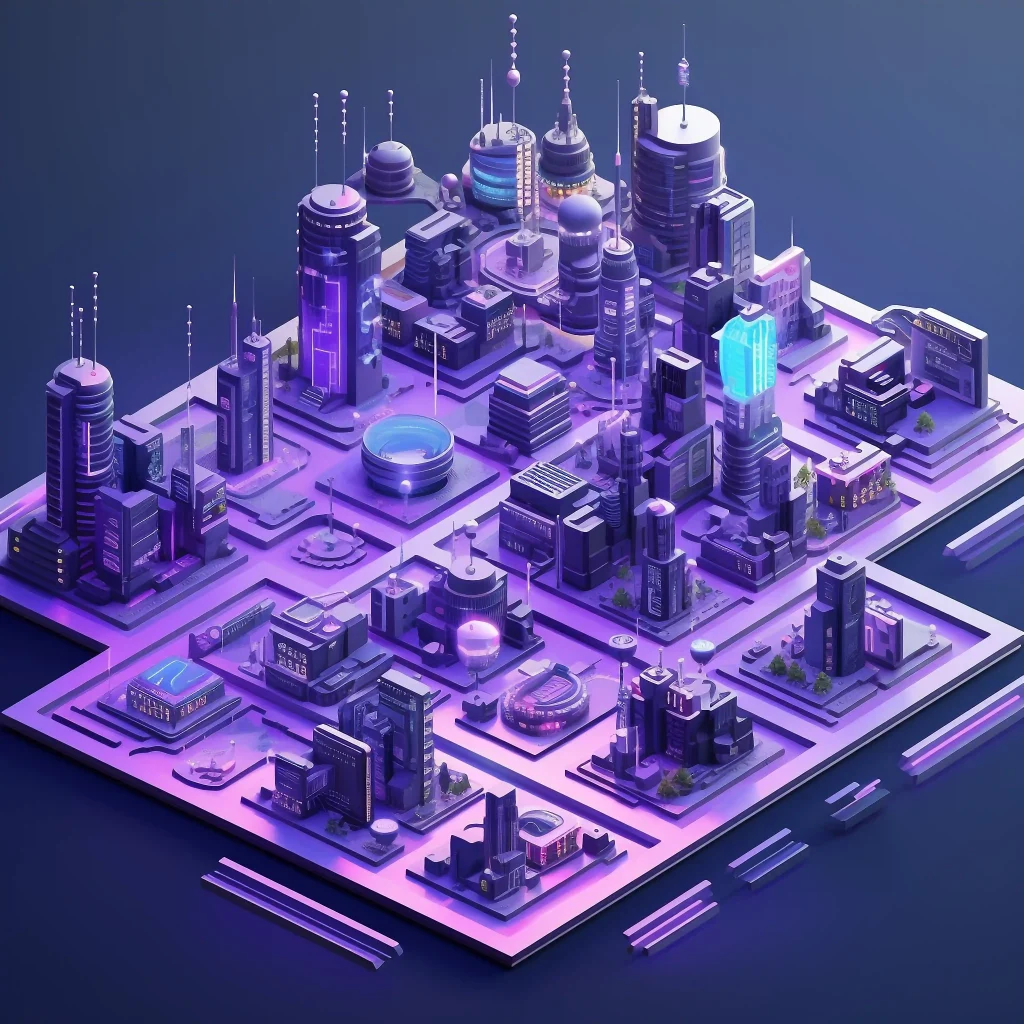
AI-Powered Research and Data-Driven Design
Artificial Intelligence is improving architectural research and design processes by offering data-driven insights. Architectural students can now use sophisticated algorithms to examine environmental, social, and economic variables to create more responsive designs.
Data-Driven Sustainability Analysis
Modern architecture prioritizes sustainability, and AI helps create eco-friendly solutions. Students can design buildings with the least environmental impact using AI-powered tools to examine massive databases on energy use, material efficiency, and climate change. AI simulates design scenarios so students can evaluate materials and combinations to optimize energy efficiency and sustainability. AI-driven sustainability analysis examines daylight optimization, thermal performance, and passive cooling measures, giving students valuable insights into how their designs interact with the environment.
Predictive Analysis for Urban Planning
AI lets students study complicated urban dynamics more precisely as urban planning becomes data-driven. Using demographic, transportation, and land-use data, AI systems can predict urban evolution. AI-driven simulations in architecture education allow students to evaluate their designs on a bigger scale, guaranteeing they improve urban surroundings. These predictive models help architects build efficient, resilient, and future-ready cities.
Conclusion
AI in architecture education is changing how students learn, develop, and innovate. AI-powered design tools, automation, and data-driven insights are transforming architecture education and making it more participatory and efficient. AI-driven learning must balance technological advances with human creativity and ethics to succeed. Architectural students must embrace AI’s potential while being skeptical of its limitations to ensure that the future of architecture is inventive and anchored in human brilliance.






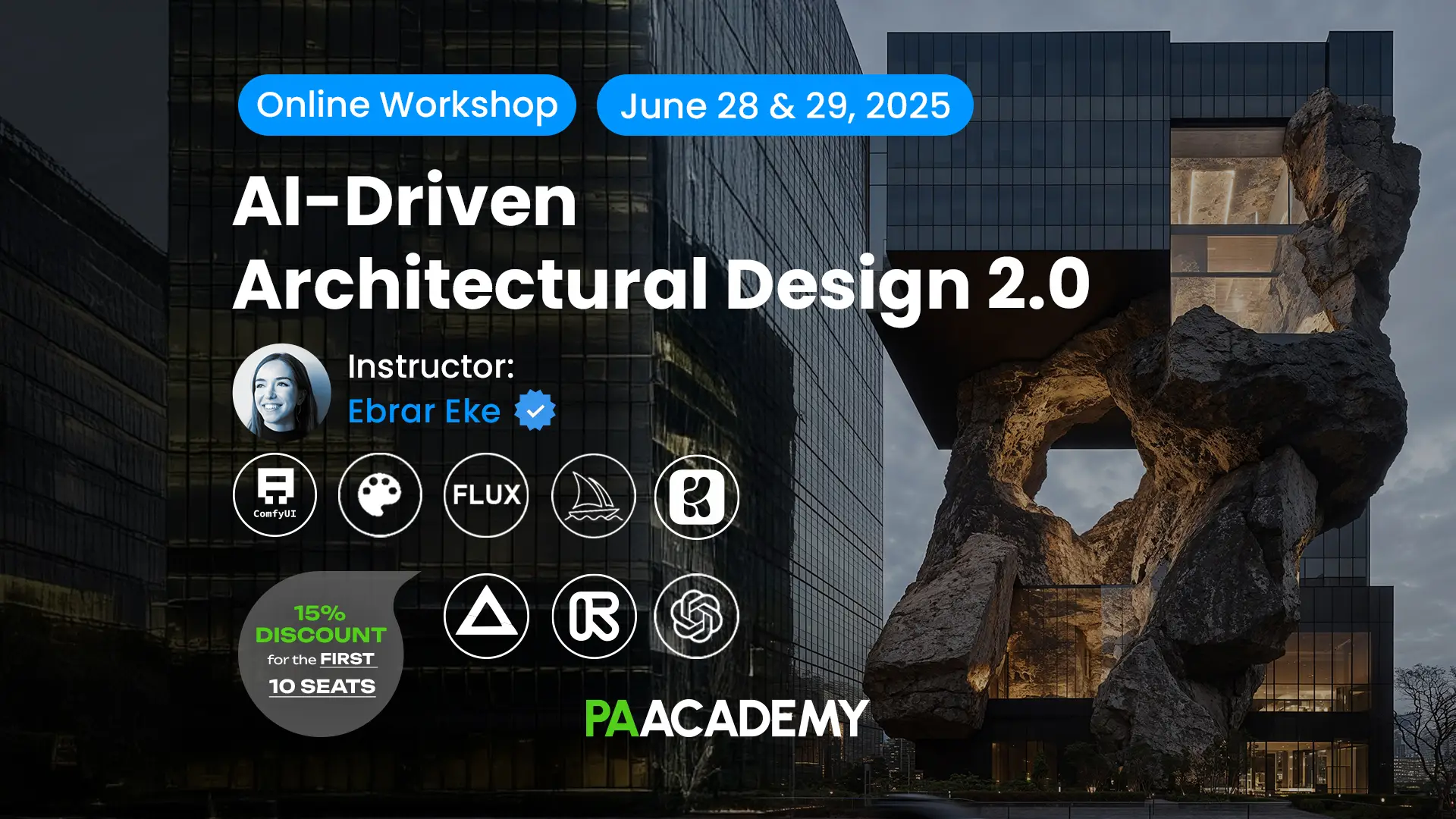
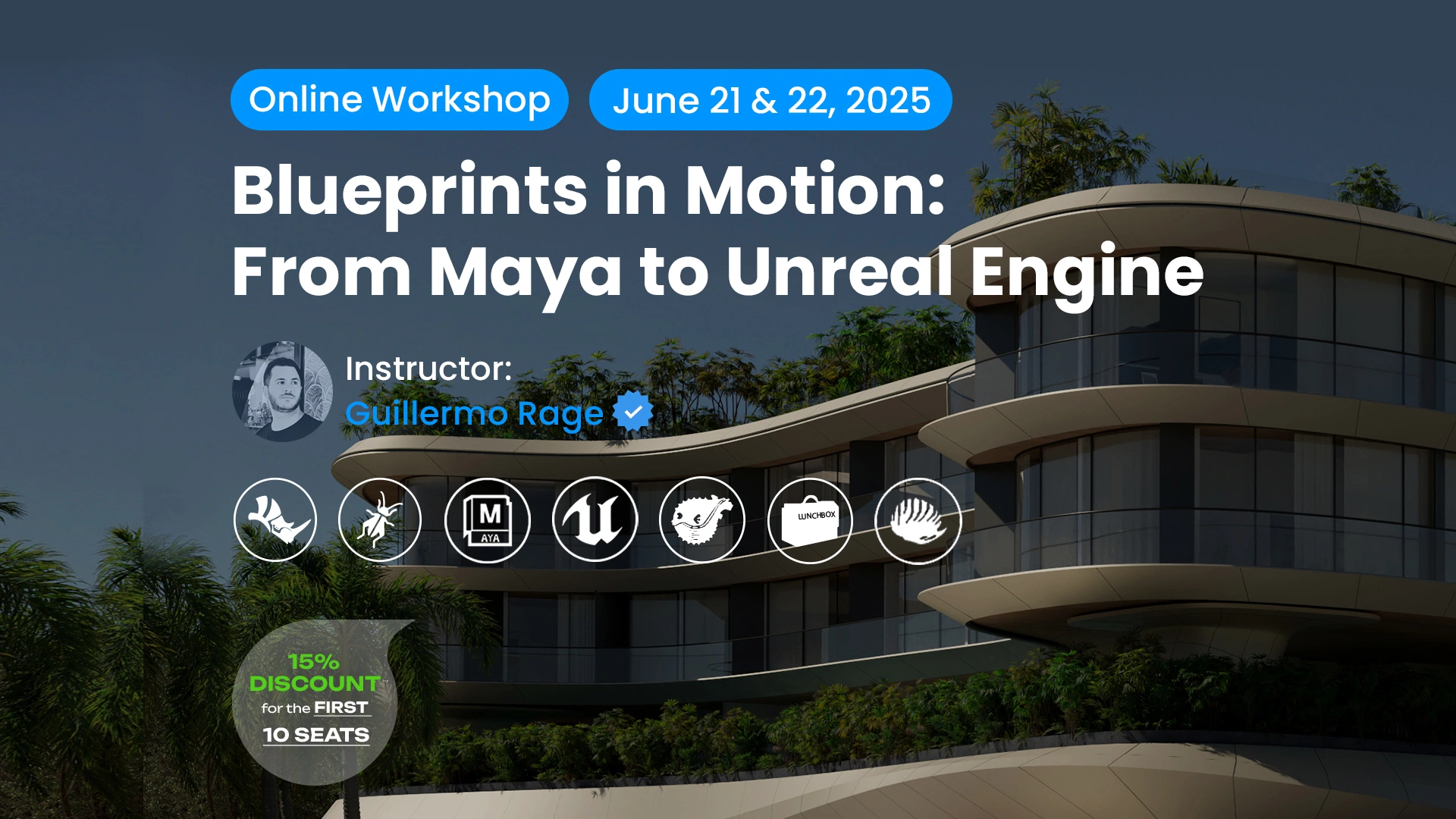


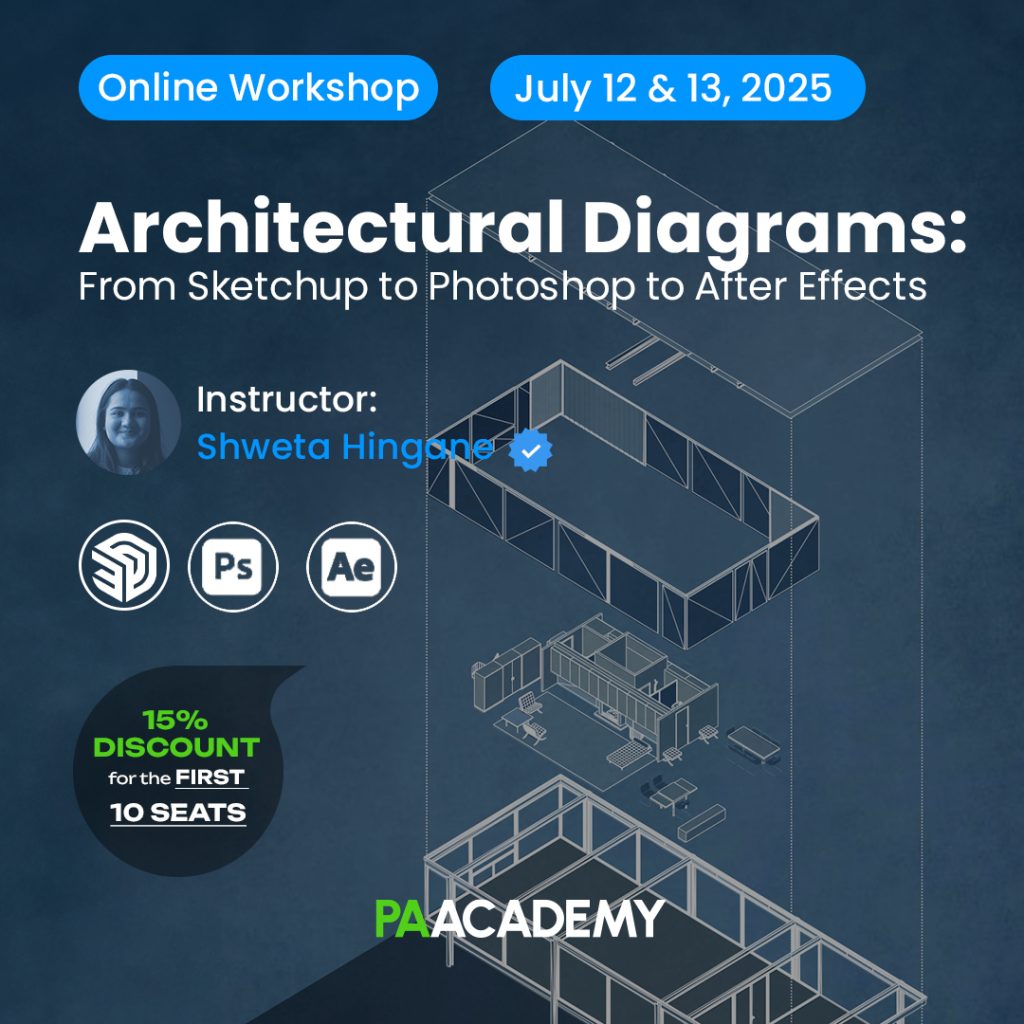

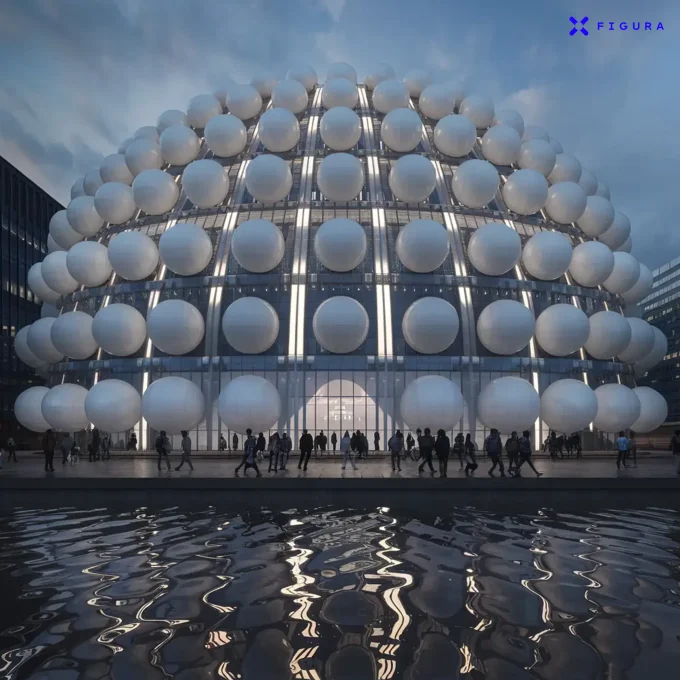






Leave a comment